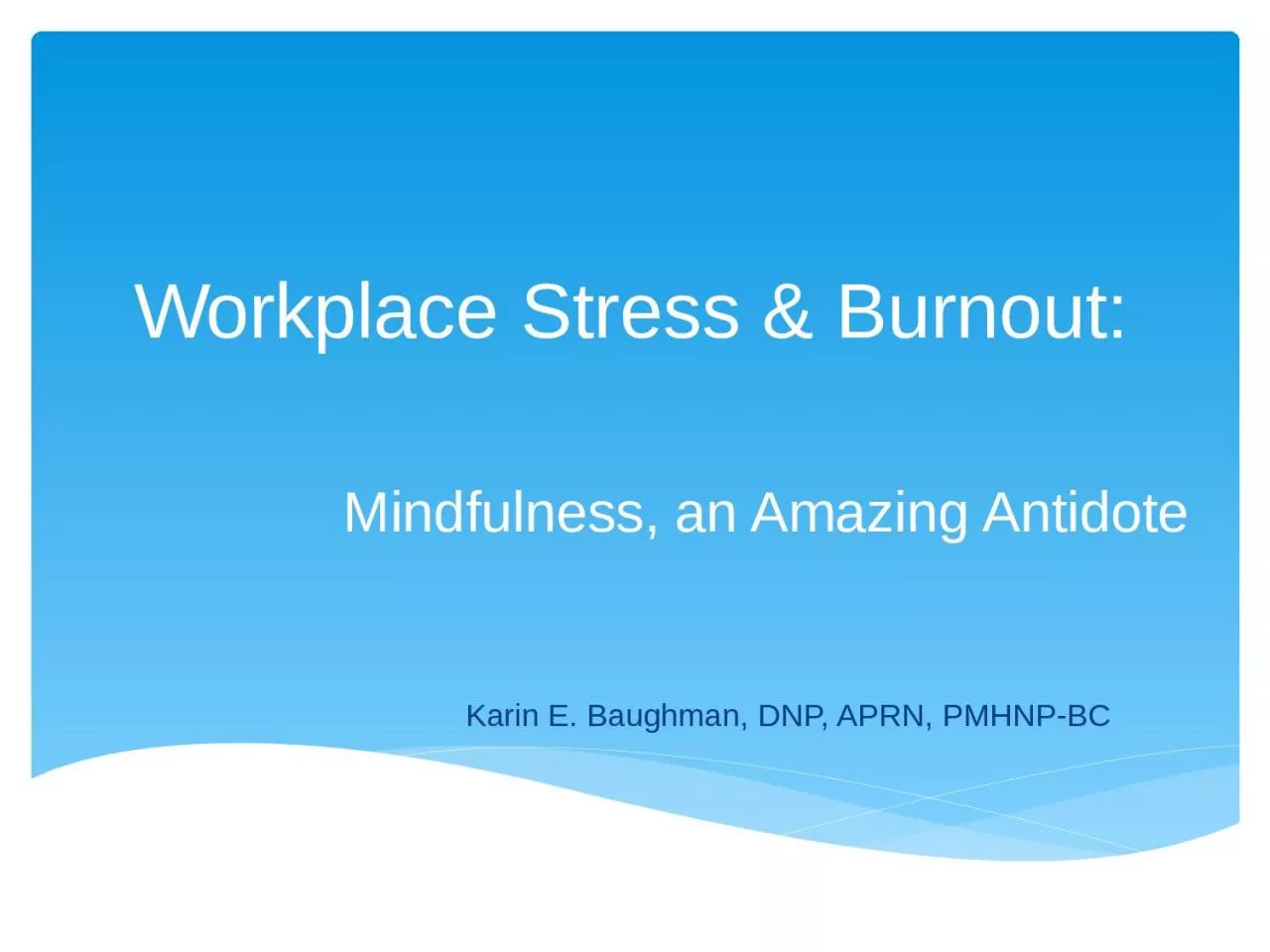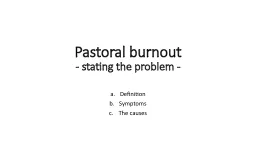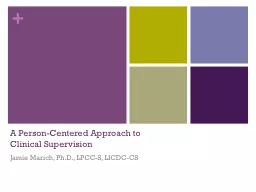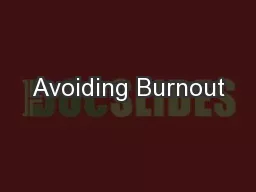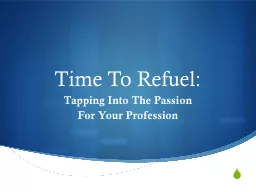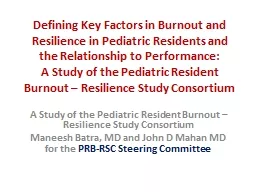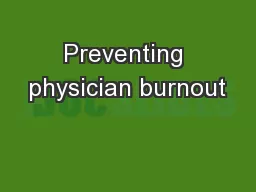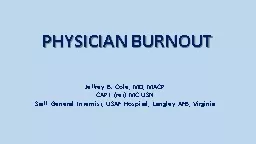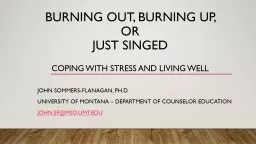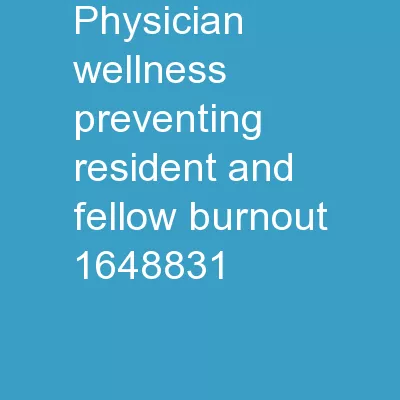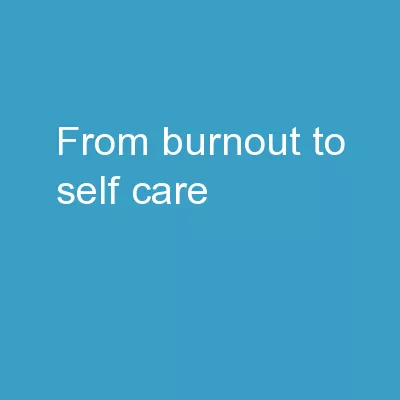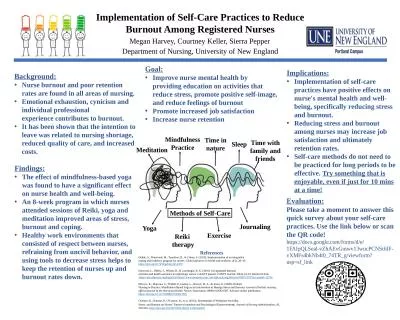PPT-Workplace Stress & Burnout:
Author : lucinda | Published Date : 2024-01-03
Mindfulness an Amazing Antidote Karin E Baughman DNP APRN PMHNPBC Brainstorm sources of stress in your workplace Identify symptoms of workplace stress Define burnout
Presentation Embed Code
Download Presentation
Download Presentation The PPT/PDF document "Workplace Stress & Burnout:" is the property of its rightful owner. Permission is granted to download and print the materials on this website for personal, non-commercial use only, and to display it on your personal computer provided you do not modify the materials and that you retain all copyright notices contained in the materials. By downloading content from our website, you accept the terms of this agreement.
Workplace Stress & Burnout:: Transcript
Download Rules Of Document
"Workplace Stress & Burnout:"The content belongs to its owner. You may download and print it for personal use, without modification, and keep all copyright notices. By downloading, you agree to these terms.
Related Documents

